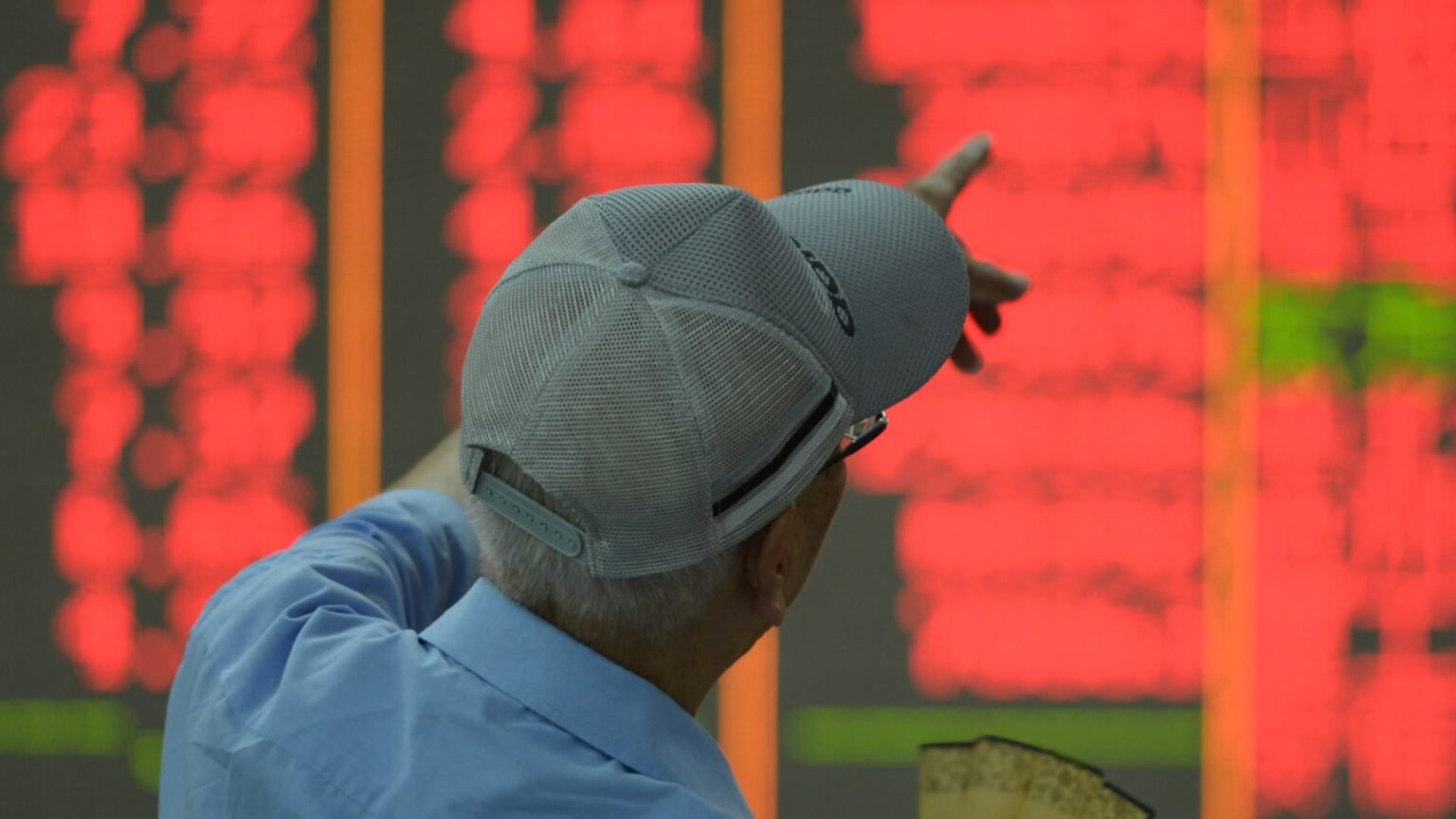The Chinese markets experienced a surge on Tuesday which eventually lost steam after a briefing from the country’s National Development and Reform Commission failed to provide detailed information on further stimulus measures. The CSI 300 in mainland China initially rose by over 10% at the opening of the session following the Golden Week holiday, but later pared gains to a 3.8% rise. Hong Kong’s Hang Seng index also saw significant fluctuations, briefly plummeting over 10% before recovering slightly to a smaller loss of 7.6%. In other Asia-Pacific markets, most fell as investors monitored August pay and spending data from Japan.
Household spending in Japan saw a 1.9% year-on-year decline in August in real terms, which was less than the 2.6% drop expected by economists. This decline marked the fastest pace since January and was before spring wage negotiations resulted in the largest pay hikes for unionized Japanese workers in 33 years. However, real wages rose in August with data from the country’s statistics bureau showing a 2% increase to an average of 574,334 yen ($3,877.44). In the U.S., stocks experienced a decline as rising oil prices and higher Treasury yields impacted market sentiment, with the Dow Jones Industrial Average dropping by 0.94%, the S&P 500 by 0.96%, and the Nasdaq Composite by 1.18%. The benchmark 10-year Treasury yield rose to 4.02%, surpassing 4% for the first time since August, while oil prices climbed over 3% amid ongoing tensions in the Middle East.
The fluctuation in Chinese markets and the muted response to stimulus measures from the National Development and Reform Commission led to a loss of momentum in the market rally. While the initial surge of over 10% in the CSI 300 was impressive at the opening of the session, the gains were later pared down to a 3.8% rise. Hong Kong’s Hang Seng index also experienced volatility, with a brief plummet of over 10% before recovering to a 7.6% loss. The overall performance of Asian markets was mixed, with most falling as investors awaited data on pay and spending from Japan.
The decline in household spending in Japan in August was less severe than expected, marking the fastest pace of drop since January. This decline occurred before significant pay hikes for unionized Japanese workers, resulting in an overall increase in real wages for the month. However, despite the positive wage data from Japan, the U.S. markets faced a decline driven by rising oil prices and higher Treasury yields. The Dow Jones Industrial Average, S&P 500, and Nasdaq Composite all saw losses, while the benchmark 10-year Treasury yield crossed the 4% mark for the first time since August. Oil prices also climbed over 3% amid ongoing tensions in the Middle East.
Overall, the market performance in China and the broader Asia-Pacific region was influenced by the lack of detailed information on further stimulus measures from the National Development and Reform Commission. The initial rally in Chinese markets lost momentum, with the CSI 300 seeing a significant decrease in gains after the briefing. Hong Kong’s Hang Seng index also experienced volatility, reflecting the uncertainty in the market. In Japan, household spending data for August showed a decline, although it was less severe than expected, while wages increased. The U.S. markets faced a decline driven by rising oil prices and higher Treasury yields, with the benchmark 10-year Treasury yield surpassing 4% for the first time since August.











